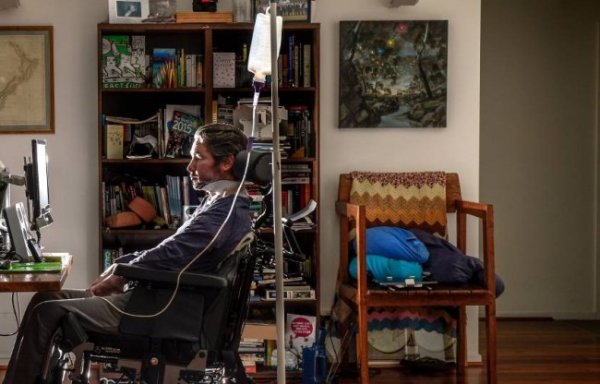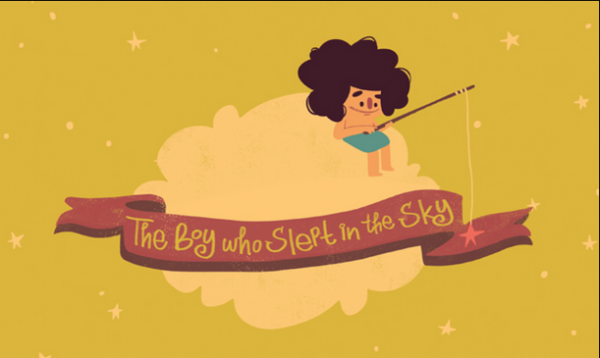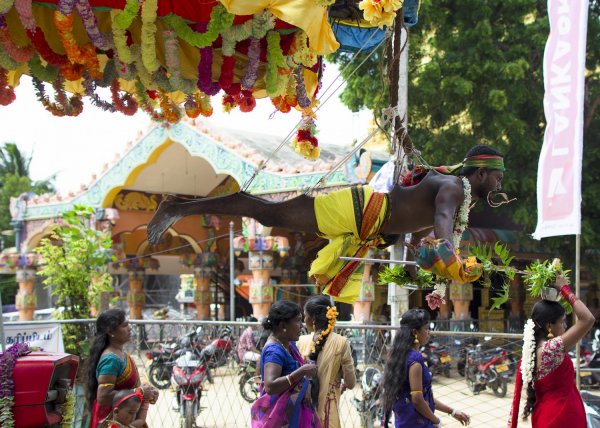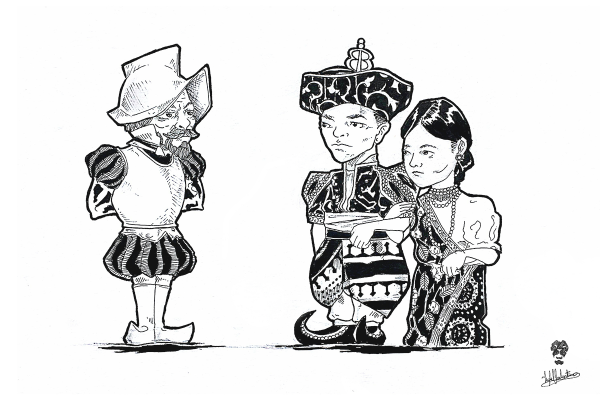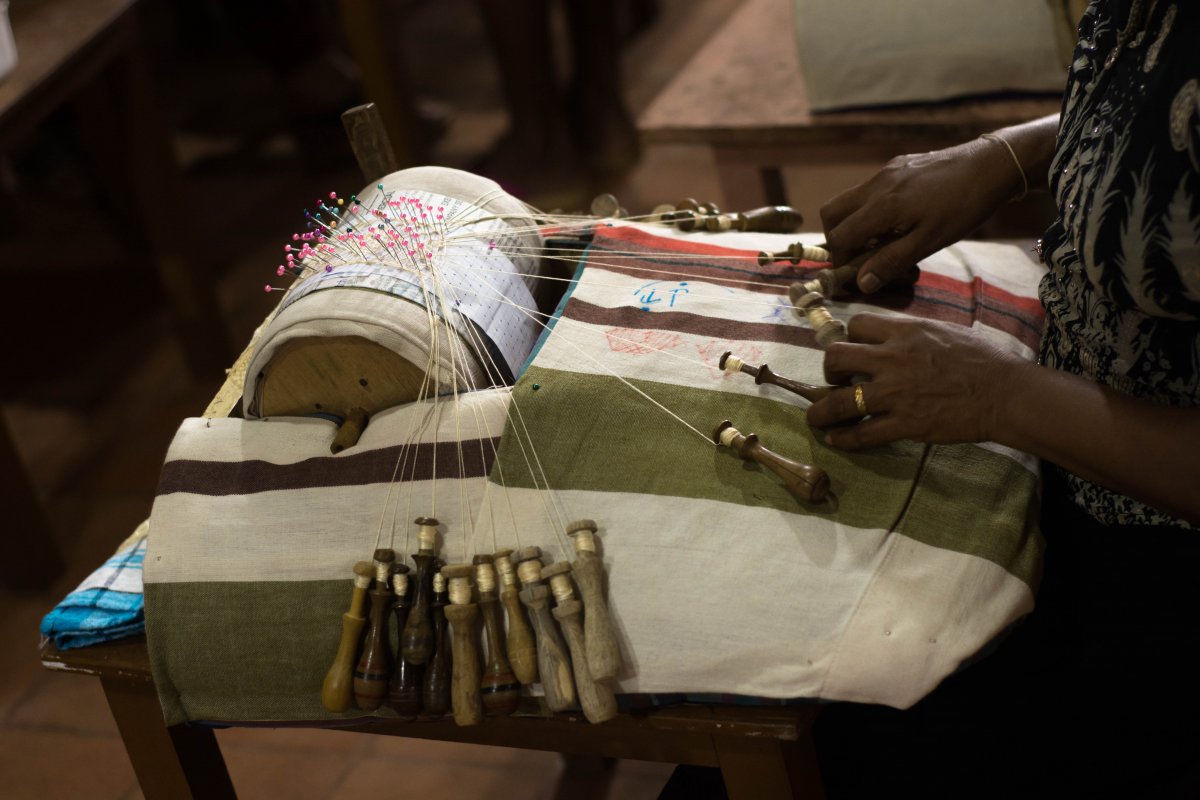
Elaborately woven beeralu lace may be hard to come by these days, but this product of an age-old craft was once popular, and much valued, across the island. Today, lacemakers down South—particularly in Magalle and Weligama—work hard to keep the tradition of beeralu lacemaking alive and going.
The process of making beeralu—though fascinating to watch—requires a lot of time and effort. First, the pattern of the lace is hand-drawn on graph paper, marked with round head pins, and wrapped around a lace pillow. Afterwards, several lengths of thread are wound around wooden bobbins, and last of all, the threads are braided or woven around the pins, which ultimately forms a finished piece of lace.
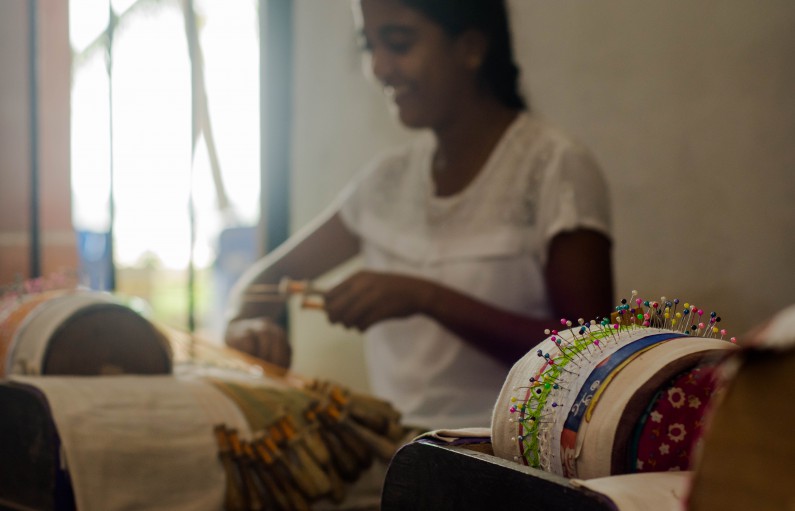
The first step to making beeralu lace is drawing the pattern on graph paper and marking it with pins. Image credit: Roar/Thiva Arunagirinathan
The use of bobbins is what gives the lace its name; in English, it is known as bobbin lace, and in Sinhalese it is called beeralu rende. The word beeralu is actually derived from the Portuguese word ‘bilro,’ which means bobbin, while ‘renda’ is the Portuguese word for lace.
The lace has a charm of its own, with its intricate detailing, and is a valuable material in the textile industry, because it is purely handmade and the process is a traditional method of weaving lace.
But the lace makers of the South, who weave traditional beeralu, have to face their fair share of challenges. The widespread availability of machine-produced lace—which can be generated in mass quantities and is therefore much cheaper in price—makes it very difficult for the beeralu lace makers to sell their products, especially when they are large items like bed sheets and tablecloths.
Roar visited the Sipnara Handicrafts centre in Galle for first-hand insight into the process of beeralu lacemaking, and to find out about how these lace makers face market challenges while fighting to preserve a craft that is slowly declining.
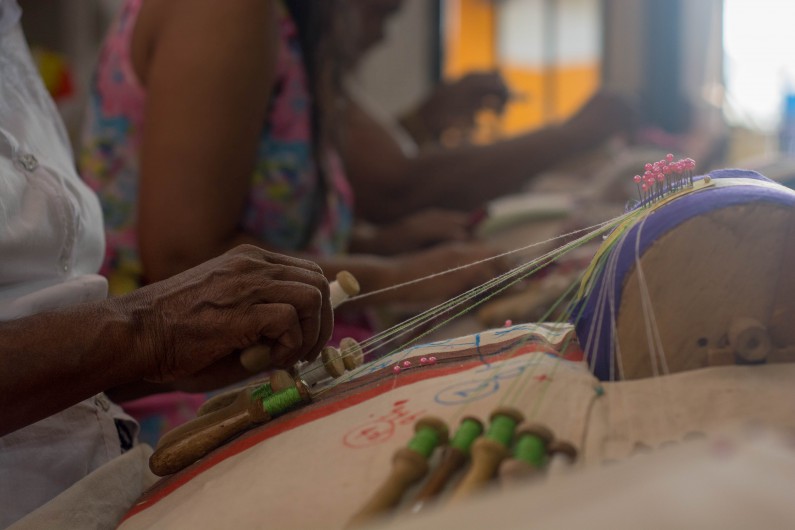
The word ‘beeralu’ is derived from the Portuguese word ‘bilro,’ which means bobbin while ‘renda’ is the Portuguese word for lace. Image credit: Roar/Thiva Arunagirinathan
Thinking Out Of The Box
Every weekday morning at the Sipnara Handicrafts centre, a small group of women–both young and old–gather in front of individual beeralu kotte (lace pillows). They’re here to learn the process of weaving this type of lace, under the supervision of Krishani Baranasuriya, the master craftswoman and instructor of beeralu lacemaking at this handicrafts centre.
This training course is one of the initiatives that the National Handicrafts Council has taken up in order to preserve the art of weaving beeralu lace.
“The Portuguese were the first to introduce the art of beeralu lacemaking to us Sri Lankans; however, it is said that it was some of the British women living in the South who taught the art to the Sinhalese women of the South,” said Krishani.
“Many of these women are the wives of fishermen and they were very eager to learn as it is a means to earn more income for their families. Over time, these women passed down the knowledge of the craft to the younger women in their families, and even now, beeralu lacemaking is the family craft or trade of most of the lace makers,” she added.
Krishani, too, says she learned the craft at a young age from her older and more experienced female relatives and, like so many other beeralu lace makers, is actively involved in training women who do not have familial knowledge and expertise of the craft, but have an interest in learning.
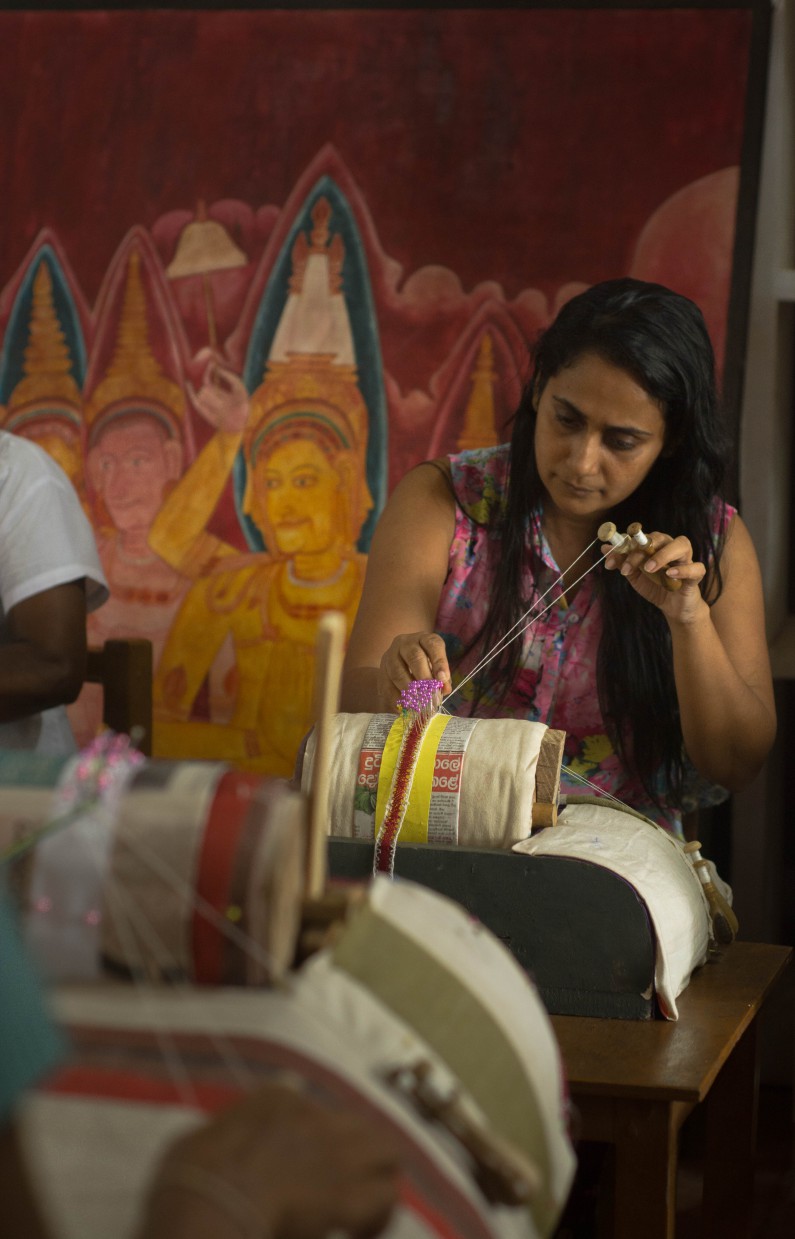
Krishani Baranasuriya teaches her students the basics of weaving beeralu lace. Image credit: Roar/Thiva Arunagirinathan
“People are less inclined to purchase a tablecloth or any other large item made of beeralu lace when they can buy the same product made out of machine-generated lace at a lower price,” says W. K. N. Shyamalee, Assistant Director of the Sipnara Handicrafts centre.
“But when it comes to embellishment, beeralu lace is favoured by many over machine-produced lace because of its intricate details and artistic finish,” she added.
On the other hand, weaving the lace purely for the use of embellishing other garments doesn’t bring in as much revenue for the lacemakers. Because of this reason, Krishani decided to teach her students how to weave the lace into smaller, and more decorative items—jewellery, accessories, handbags, shoes, and even products like bookmarks.
Krishani explained that, for such items, along with beeralu lace, is other materials like wooden beads and pieces of coconut shell are also used.
“None of our items is priced above Rs. 1,000; for instance, a pair of earrings or a bracelet is usually priced at around Rs. 250 to Rs. 300, while a necklace would cost about Rs. 600 and a complete set of our handmade jewellery can be bought for roughly about Rs. 1,000,” she said.
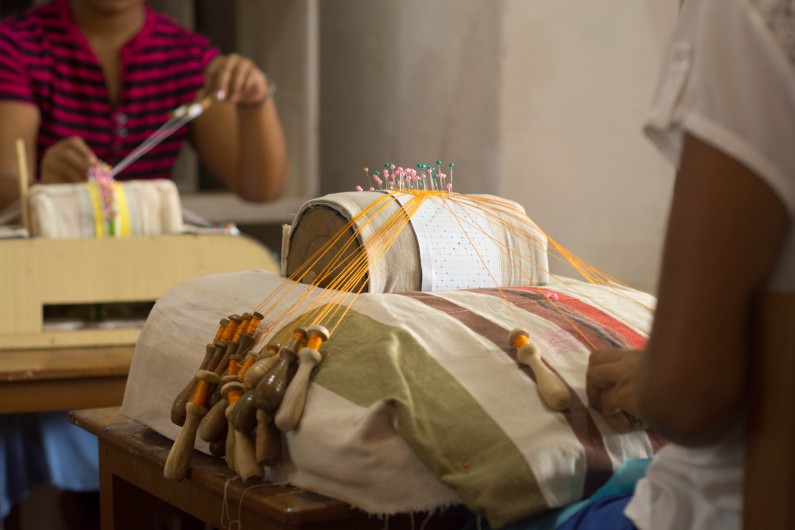
The lace was traditionally woven with white thread, but today, lace makers like Krishani use coloured threads as well. Image credit: Roar/Thiva Arunagirinathan
She also said that her students don’t face much trouble when it comes to selling these products in the market because many stores and fairs in Colombo and Galle—and their customers—favour such artistic and decorative pieces.
Aside from using beeralu lace in such a creative manner, Krishani also employs more modern methods in the process of weaving. For instance, she (and her students) weave the lace by making use of mannequins instead of the traditional lace pillow to make saree jackets and blouses.
“The traditional method of using the lace pillow to weave the lace is much easier, but I think that it is more practical to use a mannequin to make a blouse or saree jacket. This method is less time consuming and we do not have to worry about weaving separate pieces of lace for one item, and then piecing them together to make the finished product,” she said.
Making The Best Of Current Trends
Krishani Baranasuriya isn’t the only experienced lace maker who has found ways to preserve this traditional craft and overcome the challenges of production.
The area of Magalle in the Galle district is best known for the making of beeralu lace and a handful of women in the community have taken up the challenge to invest in their own beeralu lacemaking business.
Veteran lace maker, M. B. Priyani, is one such entrepreneur. Based in Magalle, Priyani established her business, Thilini Lace,in the early 1980s.
Priyani told Roar that she decided to start her own lacemaking business because she had knowledge of the craft of beeralu lacemaking, having studied lacemaking while also watching the older women in her family weaving it.
“Right now my business focuses on making both machine-produced lace and the traditional beeralu lace, depending on the orders that we get from our customers. Even the thread that we use to make the beeralu lace depends on our customers’ needs,” said Priyani.
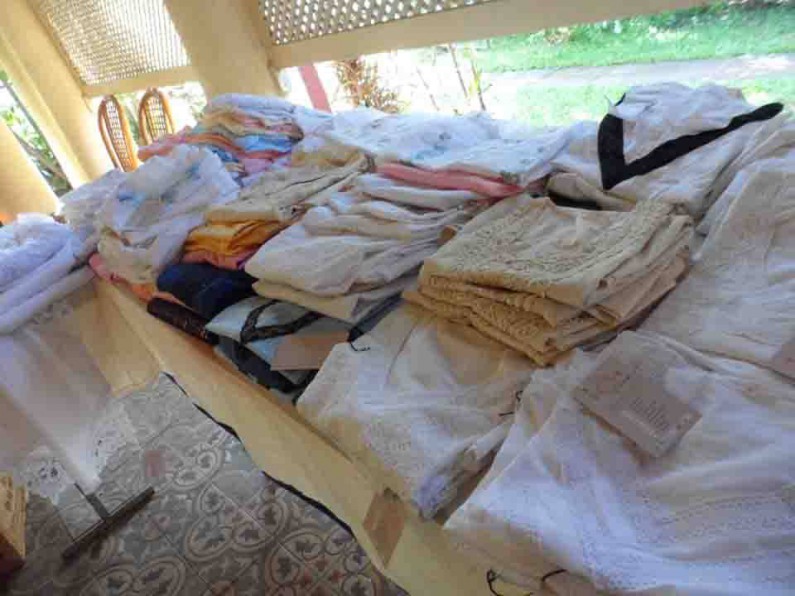
Priyani’s beeralu lace products range from bed sheets to sarees. Image courtesy Thilini Lace
Most of the time, Priyani is left with no choice but to compromise and produce machine-made lace—unless her clients specifically ask for beeralu lace products—because Thilini lace specialises in making large items such as table cloths and bed sheets.
“For instance, if one our customers orders a tablecloth made from beeralu it can take up to two months to make, and about three lacemakers may be involved in producing it. Therefore, in some cases it is cheaper and more practical to make items with machine-made lace, though it certainly does not have the same workmanship as handmade beeralu,” she noted with slight regret.
When it comes to weaving beeralu lace products, Priyani has a network of beeralu lace makers within Magalle and in the surrounding areas of Weligama and Mirissa who work for her independently.
Much like Krishani and her students, Priyani and her employees also produce smaller decorative items such as Christmas decorations shaped like snowflakes, which are favoured for the export market.
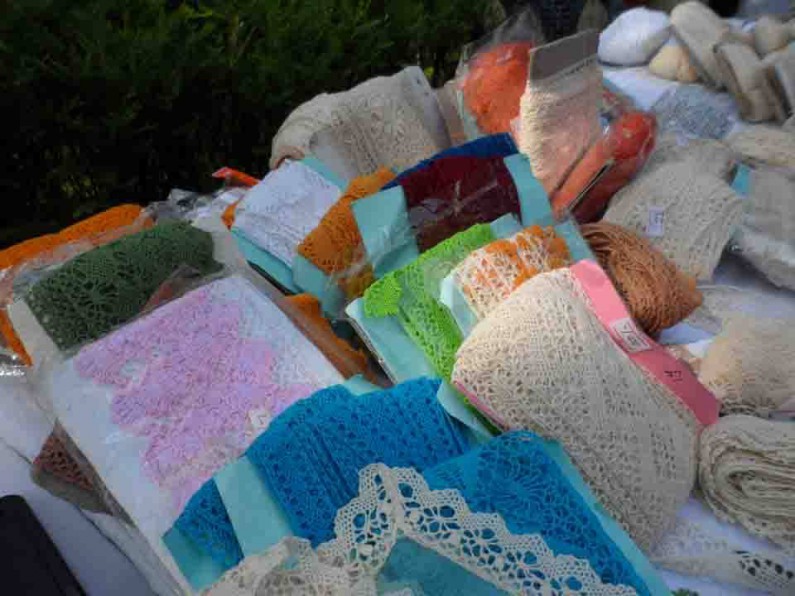
Beeralu lace products by Thilini Lace at the beeralu lace exhibition and sale at Horton Place in 2014. Image courtesy Thilini Lace
Priyani also conducts classes at her workshop, for young girls and women who are interested in learning how to weave beeralu, because she feels that it is important to pass down knowledge of the traditional craft to others who can continue the tradition.
Going Global
Aside from the lace makers in the South, Sri Lankan designer and entrepreneur Kasuni Ratnasuriya has also come up with innovative and creative ways to use beeralu lace for the competitive textile market.
In 2009 she launched KUR, her line of women’s wear made using beeralu lace, and her debut collection was a major success; she was able to sell out the full range within a few months. Over the past few years, Kasuni has won notable awards for her artistic and unique designs using beeralu lace, and has had the opportunity to showcase her collections at top fashion shows in Colombo.
Her clothing items carry the influences of resort and street wear, and overall the designs are a pleasant combination of traditional with unconventional.
Kasuni told Roar that she had witnessed first-hand the art of beeralu lacemaking while growing up along the Southern coast of Sri Lanka.
“After setting up my design label, I engaged with a community of beeralu lace makers in the South and came up with new designs and ideas for pieces, even though I did not actively get involved with the process of weaving,” she explained.
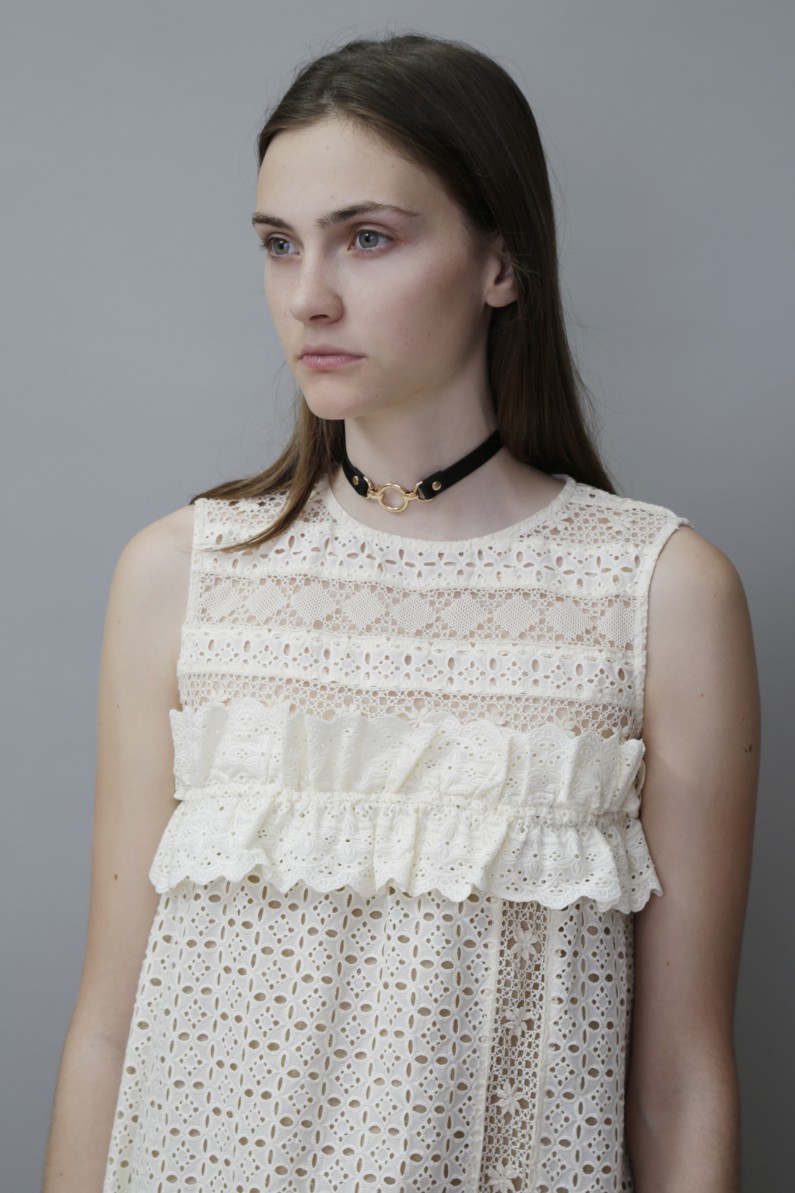
Kasuni’s creations carry an influence of the modern resort and street styles of fashion. Image courtesy kurcollection.com
Even though Kasuni is currently based in New York, she travels to Sri Lanka every few months, and last year she partnered with Sri Lanka’s first rapid prototyping firm, 3D Concept Studio, to combine traditional handmade beeralu lace with new and creative fashion technology. She made use of 3D printing technology to create accessories and eyewear to complement her lace clothing items.
“I have many local and international customers who understand the value of the fine craftsmanship of beeralu lace and the uniqueness of the craft; they love the handcrafted lace aesthetics in my garments,” she admitted.
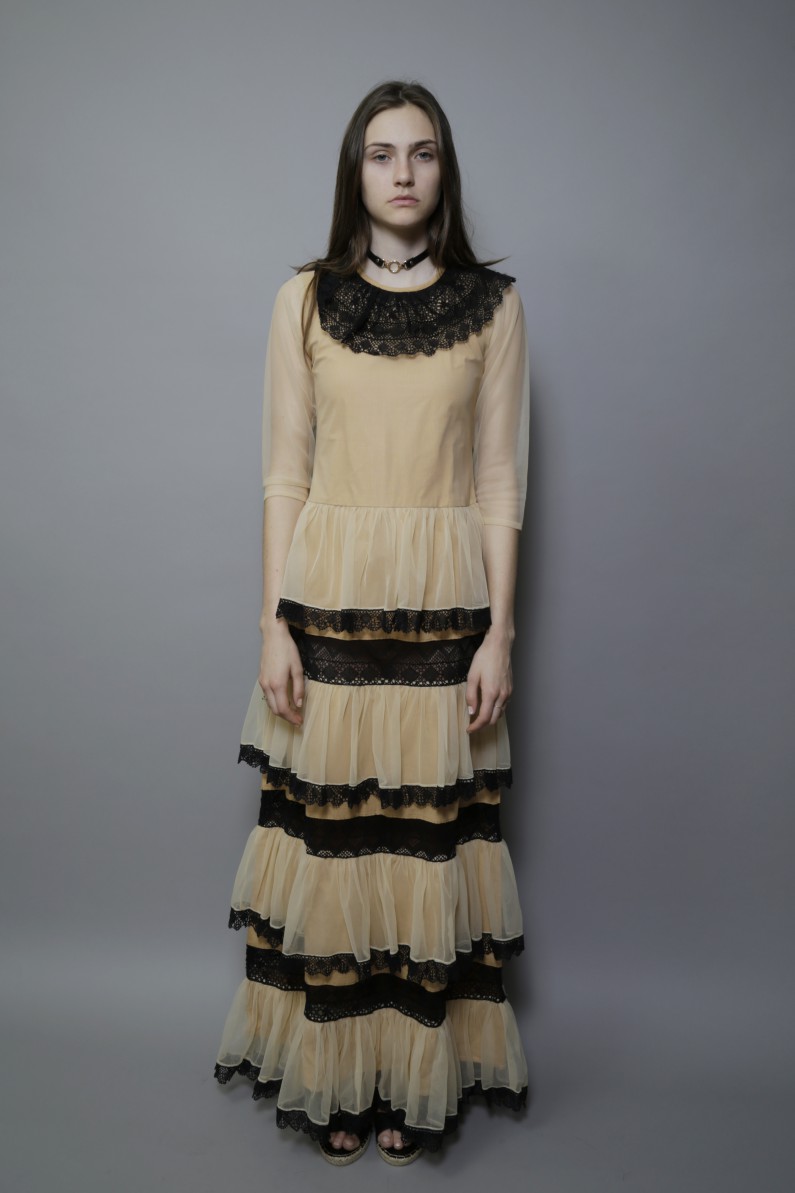
Kasuni’s designs have caught the eyes of both the local and international fashion communities. Image courtesy kurcollection.com
The lace that Kasuni uses for her designs are outsourced from the beeralu lace makers in the South, and she uses her label to support the women of the lacemaking community and to help preserve the traditional craft.
It is reassuring to know that these three different women—an instructor, an entrepreneur, and a designer—have come up with unique ideas and innovative methods to ensure that beeralu lace not only continues to be produced, but has also found a place in modern fashion. As long as efforts are taken to ensure that this craft is in good hands to pass down knowledge and expertise to future generations, there is hope that the art of beeralu lacemaking will be preserved for many more years to come.
Featured image credit: Roar/Thiva Arunagirinathan


